Home>Ideas and Tips>DIY Guide To Installing A Kitchen Tile Countertop
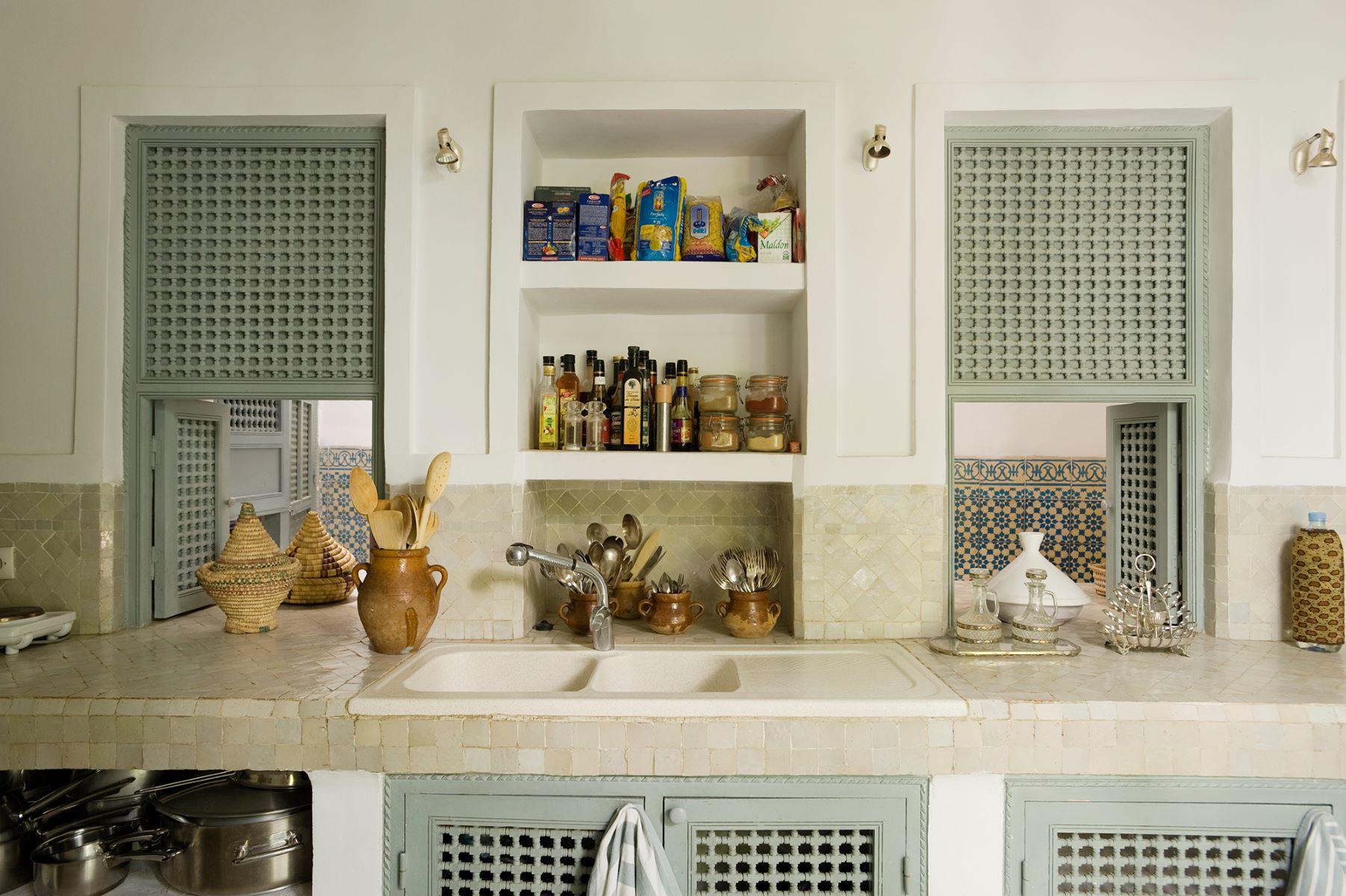

Ideas and Tips
DIY Guide To Installing A Kitchen Tile Countertop
Modified: October 28, 2024
Transform your kitchen with our DIY guide to installing a tile countertop. Step-by-step instructions for a professional finish.
(Many of the links in this article redirect to a specific reviewed product. Your purchase of these products through affiliate links helps to generate commission for Storables.com, at no extra cost. Learn more)
Installing a kitchen tile countertop is a rewarding DIY project that can transform the look and functionality of your kitchen. With the right tools and a bit of patience, you can achieve professional-looking results without breaking the bank. In this comprehensive guide, we will walk you through each step of the process, from preparing the surface to grouting and sealing your new tile countertop.
Step 1: Planning and Preparation
Before you start your project, it's essential to plan carefully. Here are some key considerations:
Read more: DIY Guide To Installing A Tile Floor
1.1. Choose Your Tile
Selecting the right tile for your kitchen countertop is crucial. Ceramic, porcelain, and natural stone tiles are popular choices due to their durability and aesthetic appeal. Consider factors like color, size, and texture to ensure the tile complements your kitchen's design.
1.2. Measure Your Cabinets
Measure the dimensions of your cabinets to determine the size of your countertop. Make sure to include any overhangs or edges that will be covered by the tile.
1.3. Gather Materials
You'll need several materials for this project, including:
- Plywood or Cement Board: This will serve as the base for your tile countertop.
- Thin-Set Mortar: A specialized adhesive used to set tiles.
- Grout: Used to fill gaps between tiles.
- Tile Spacers: Small plastic or metal spacers used to maintain even grout lines.
- Notched Trowel: A tool used to apply thin-set mortar evenly.
- Rubber Mallet: For tapping tiles into place.
- Grout Float: A tool used to spread and smooth grout.
- Grout Sponge: A damp sponge used to clean excess grout from the surface of the tiles.
- Tile Cutter or Wet Saw: For cutting tiles to size.
- Protective Gear: Safety goggles, gloves, and a dust mask.
Step 2: Removing the Old Countertop
If you're replacing an existing countertop, start by removing it. This involves:
Read more: DIY Guide To Installing A Subway Tile Shower
2.1. Disconnecting Plumbing and Water
Turn off the water supply beneath the sink and disconnect the hoses and drain before lifting the sink out of the countertop. Remove screws beneath the countertop that hold it to the cabinet, and then lift it away.
2.2. Removing Old Adhesive
If there's old adhesive or caulk left on the surface of your cabinets, scrape it off using a putty knife or a scraper. This ensures a clean surface for your new tile.
Step 3: Preparing the Surface
Now it's time to prepare the surface for your new tile countertop:
3.1. Installing Plywood or Cement Board
Cut your plywood or cement board to match the dimensions of your cabinets. Apply thin-set mortar to the surface of your cabinets and press the plywood or cement board firmly into place. Secure it with screws if necessary.
Read more: DIY Guide To Installing A Pebble Tile Floor
3.2. Creating a Sink Hole
Make a cardboard template of your sink and center it in the countertop above the cabinet doors. Trace the outline of the template and cut the opening with a jigsaw. Attach temporary supports to stop the cut piece from falling.
3.3. Applying Backer Board (Optional)
If you're using cement board, cut it to match your countertop dimensions. Score along the cut line and break the board. Cut the sink opening with a spiral cutting saw and masonry bit. Apply thin-set mortar to the plywood in 1/4-inch ridges and set the backer board in place, securing it with galvanized nails.
Step 4: Laying Out Tiles
Laying out your tiles is a crucial step that requires careful planning:
4.1. Determining Tile Layout
Arrange two rows of tiles in a staggered bond along the edge of the counter in a balanced design that requires the fewest cuts. Be sure to allow space that represents the grout seam between the tiles.
4.2. Applying Tile Mastic and Thin-Set Mortar
Apply flexible tile mastic to the countertop's sides and thin-set mortar on its top to prevent the edge tile from cracking. Set the edge tile first, then set the whole field tiles using vinyl spacers to position them uniformly.
Step 5: Cutting Tiles
Cutting tiles is an essential part of this process:
5.1. Using a Tile Cutter or Wet Saw
Score tiles with a scoring tile cutter along measured cut-lines, pressing down on the handle to break the tile. Butter the cut-tile backs with mortar and set them in position. Use mastic to set the backsplash tiles.
5.2. Measuring and Cutting Tiles
Measure and cut tiles to fit around the sink and edges of your countertop. Use a straightedge and a utility knife or tile cutter for precise cuts.
Step 6: Setting Tiles
Setting tiles involves applying thin-set mortar and placing tiles:
6.1. Mixing Thin-Set Mortar
Mix latex-fortified thin-set mortar in a plastic pail to a smooth, mashed potato consistency. Mix enough (about a quart) to cover about 6 to 8 sq. ft. at a time.
6.2. Applying Thin-Set Mortar
Spread the mortar with a 1/4-in. notched trowel, leaving your layout lines exposed to guide tile placement. Start setting tiles by placing them on the mortar bed and lightly pressing them into place.
6.3. Using Tile Spacers
Pay close attention to grout spaces and use tile spacers if necessary to maintain even grout lines.
Step 7: Grouting Tiles
Grouting is an important step that seals gaps between tiles:
7.1. Mixing Grout
Mix grout according to manufacturer instructions until it reaches a thick paste consistency.
7.2. Applying Grout
Distribute grout across the tile using a grout float, pressing it firmly into each joint. Rake off excess diagonally across the tiles.
7.3. Cleaning Excess Grout
Clean the face of the tile with a damp sponge, rinsing frequently. Polish with a paper towel to remove any remaining grout haze.
Read more: DIY Guide To Installing A Kitchen Tile Backsplash With Photocatalytic Self-Cleaning Tiles
Step 8: Sealing Tiles (Optional)
Sealing your tiles can provide additional protection against stains and water damage:
8.1. Choosing a Sealer
Select a tile sealer suitable for your type of tile (ceramic, porcelain, natural stone). Follow manufacturer instructions for application.
8.2. Applying Sealer
Apply the sealer according to manufacturer instructions, usually involving multiple coats with drying time in between.
Conclusion
Installing a kitchen tile countertop is a rewarding DIY project that requires careful planning and execution. By following these steps—preparing the surface, laying out tiles, cutting tiles, setting tiles, grouting tiles, and sealing tiles—you can achieve professional-looking results that enhance both functionality and aesthetics of your kitchen. Remember always to follow safety guidelines when working with power tools and materials.
Additional Tips
Mounting an Undermount Sink
If you're using an undermount sink, you'll need quarter round to trim around the inside edge. Make sure it is properly sized to account for the thickness of your tile and the underlying substrate.
Handling Stripped Screws
If you encounter stripped screws during installation, use a little know-how and simple tricks to tackle them effectively.
Finishing Plywood Edges
For exposed edges on plywood projects, consider using edge banding—a simple technique that creates flawless, finished edges ready for paint or stain.
By following this comprehensive guide, you'll be well-equipped to tackle your kitchen tile countertop installation project with confidence and success. Happy building
Was this page helpful?
At Storables.com, we guarantee accurate and reliable information. Our content, validated by Expert Board Contributors, is crafted following stringent Editorial Policies. We're committed to providing you with well-researched, expert-backed insights for all your informational needs.
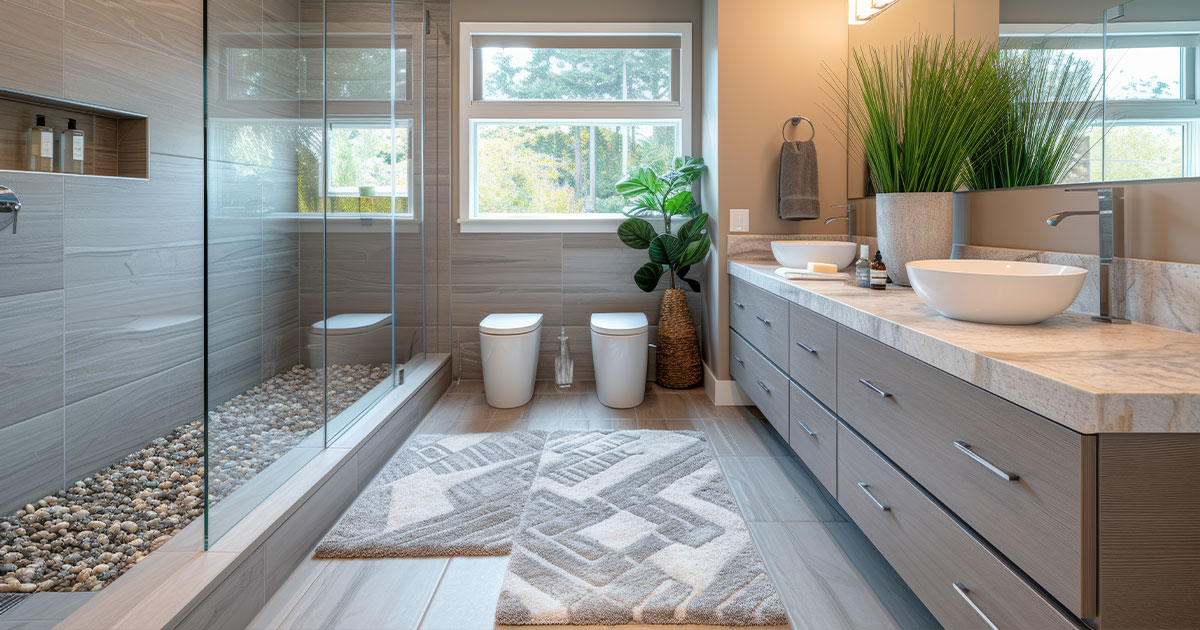
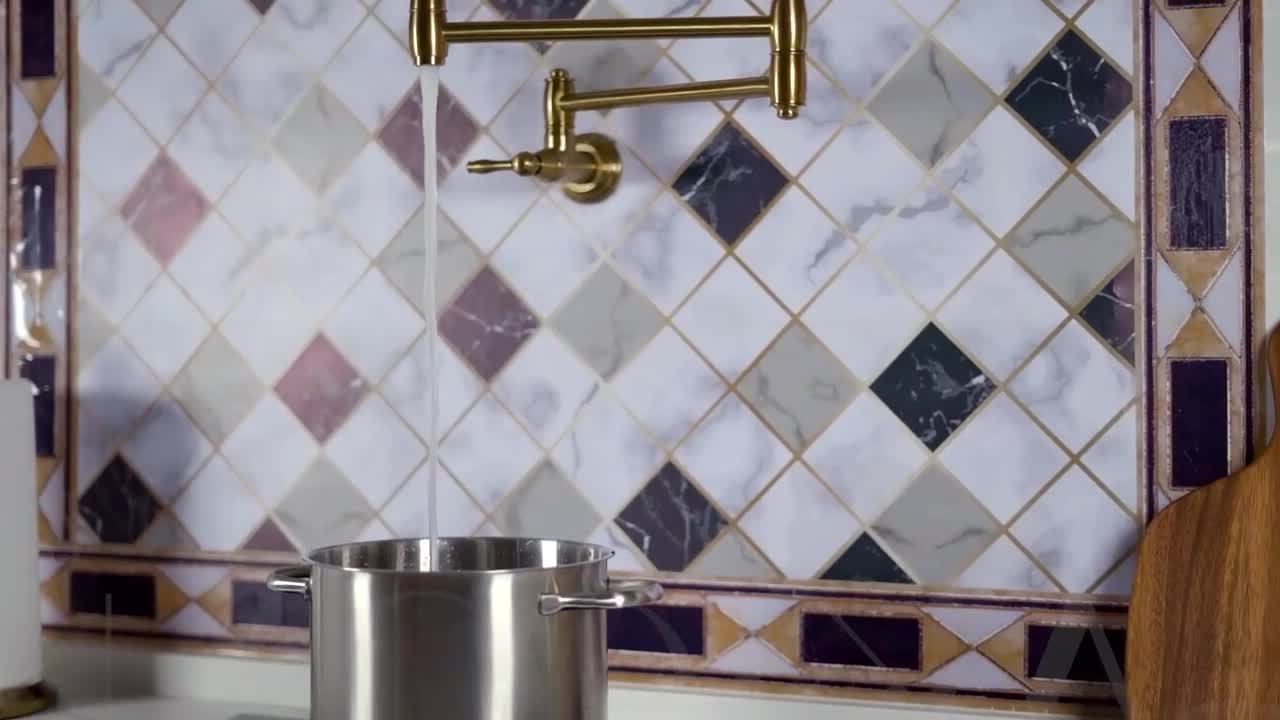
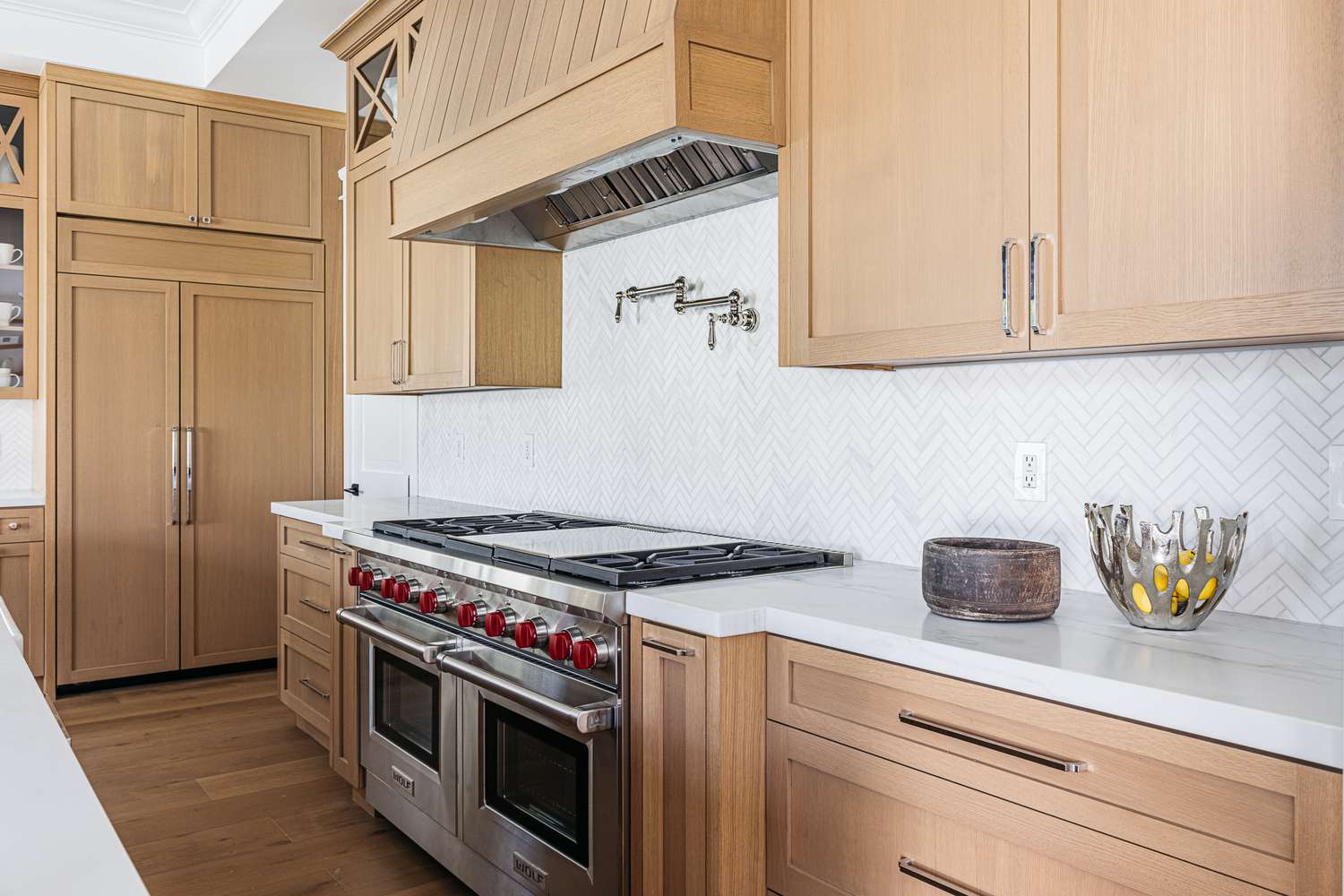
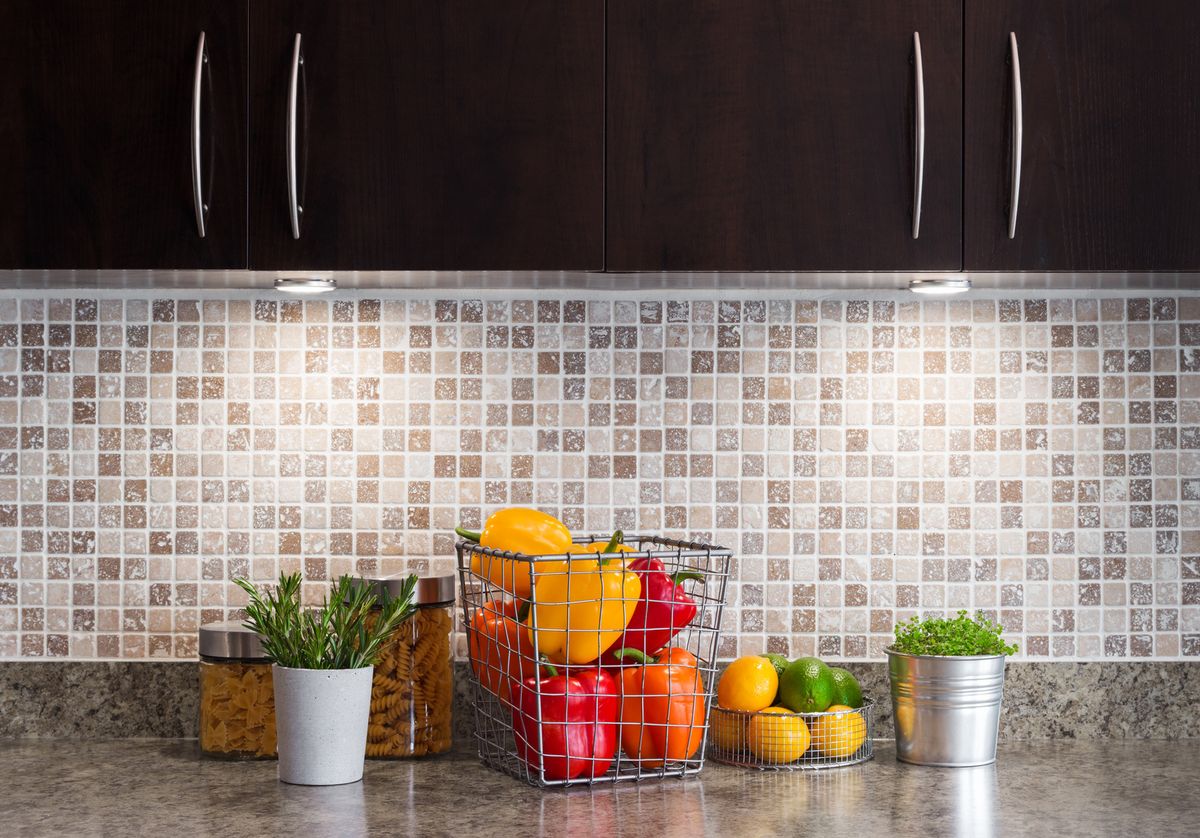
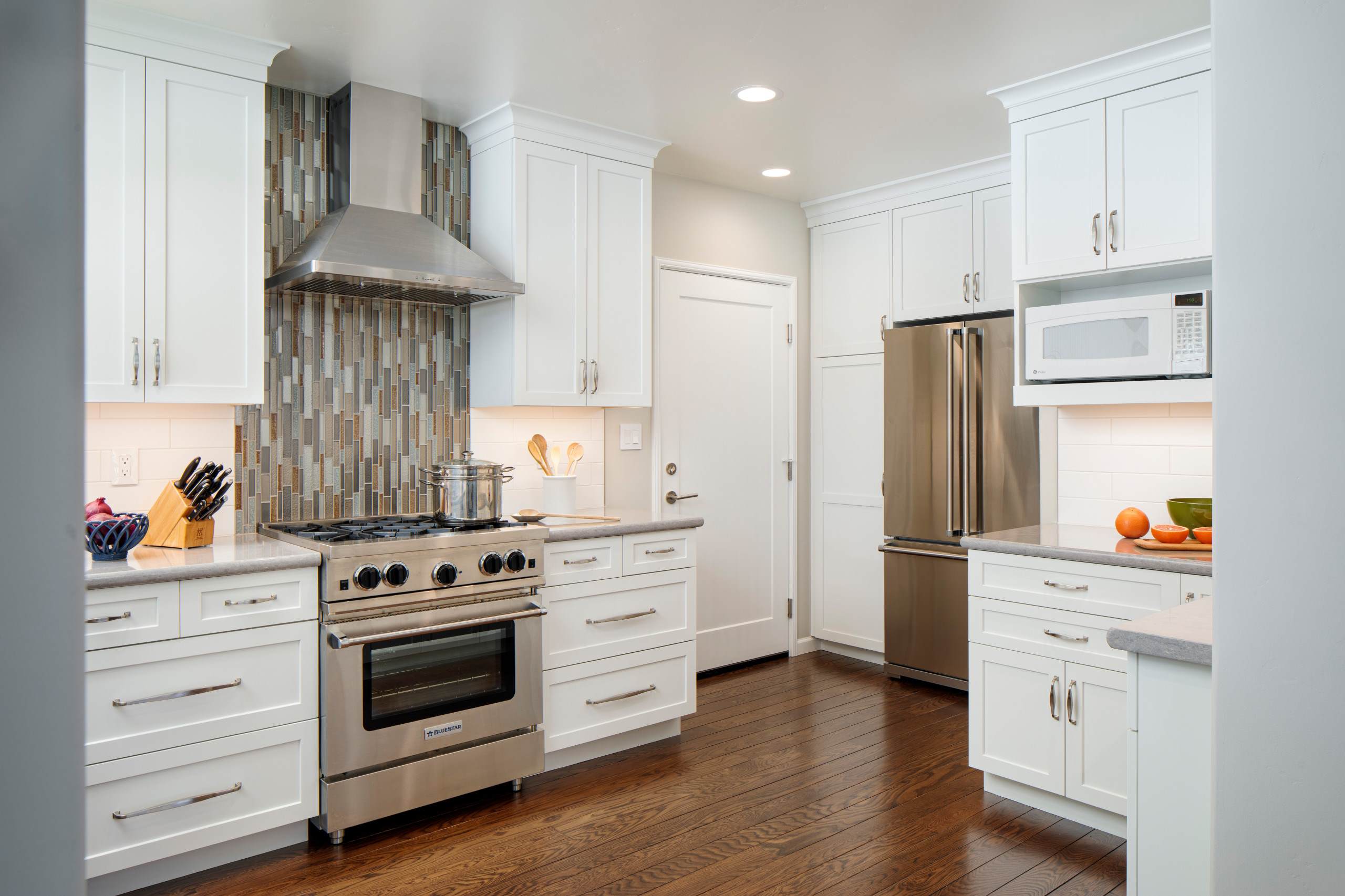

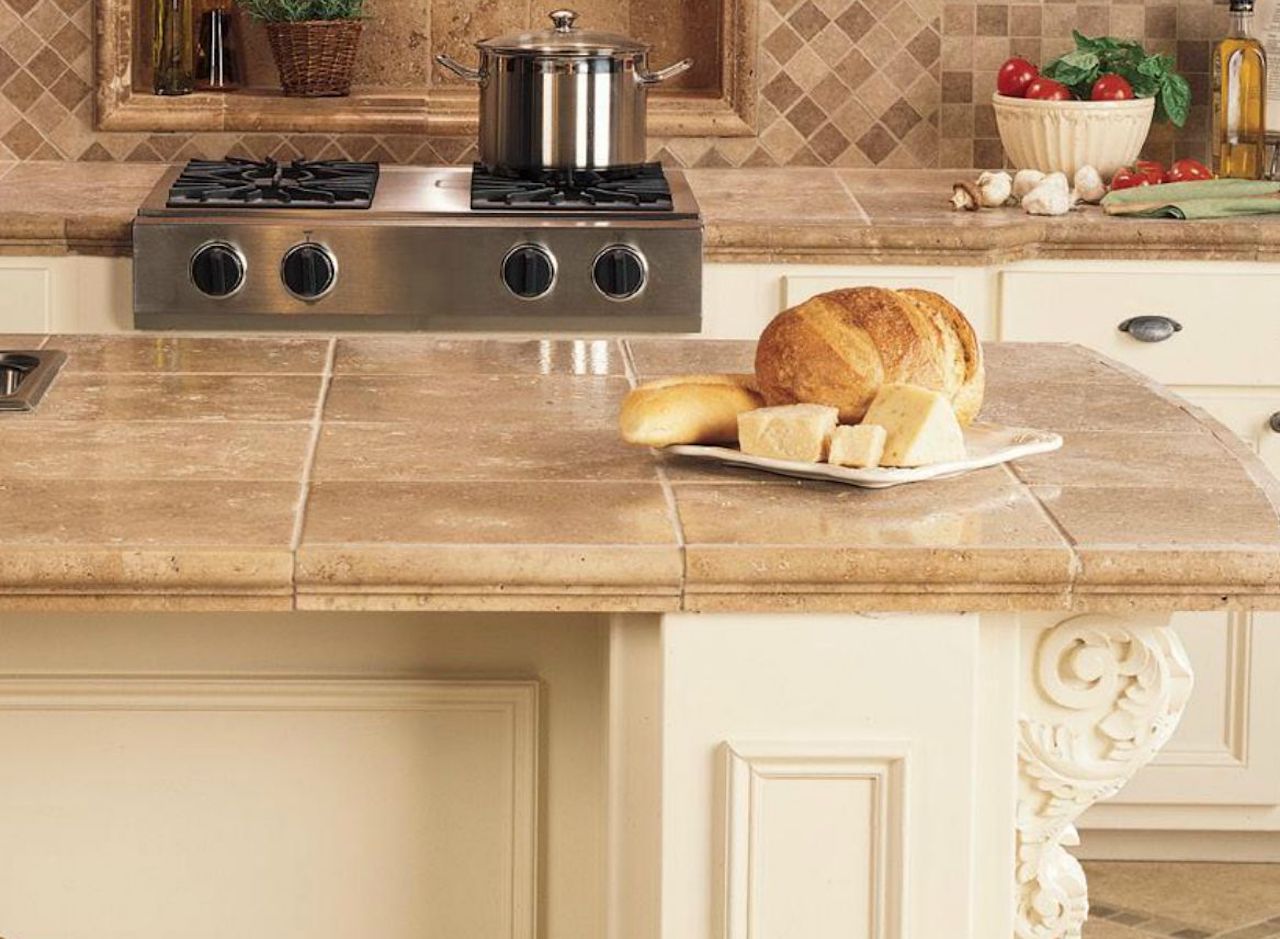
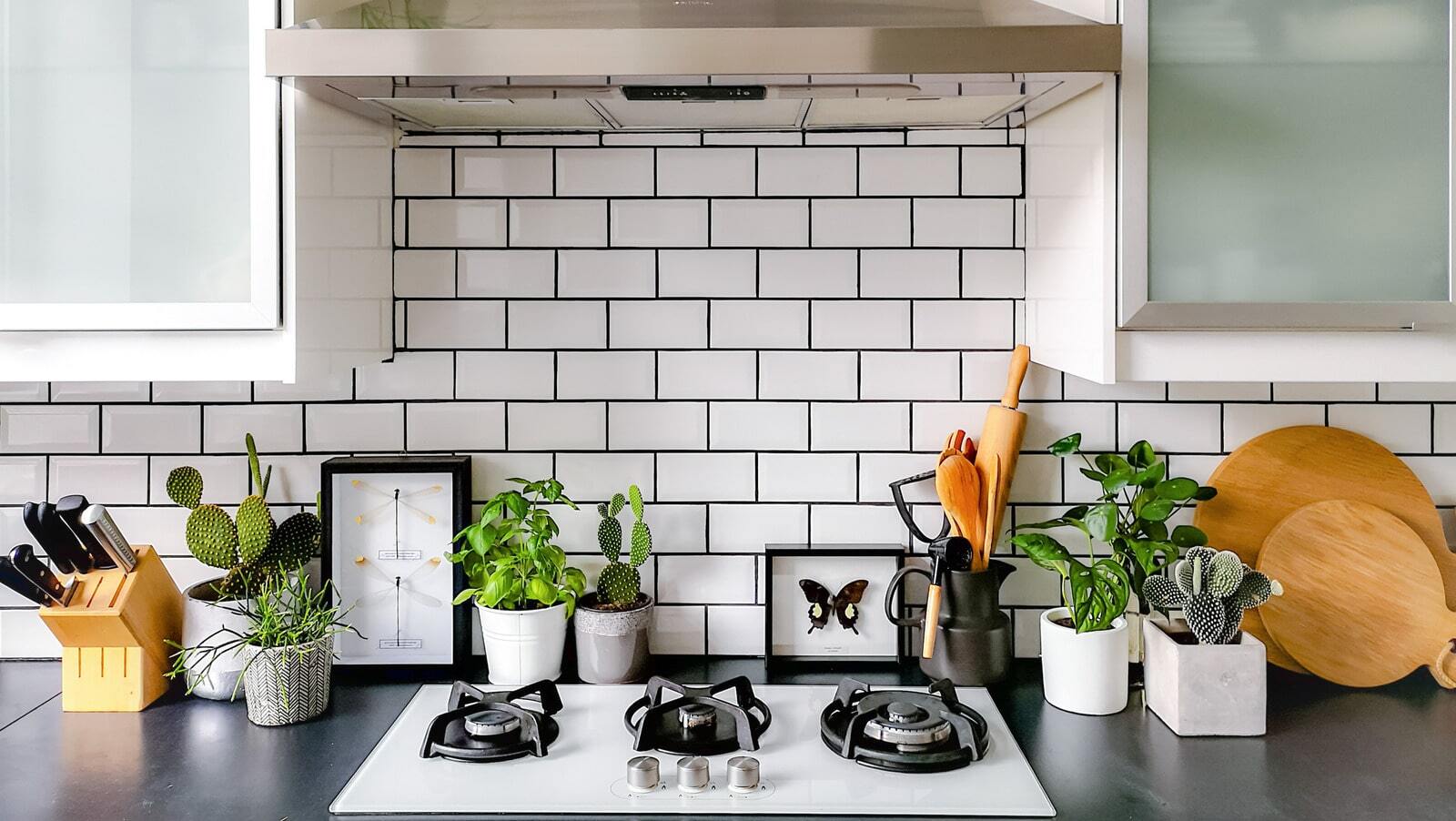

0 thoughts on “DIY Guide To Installing A Kitchen Tile Countertop”